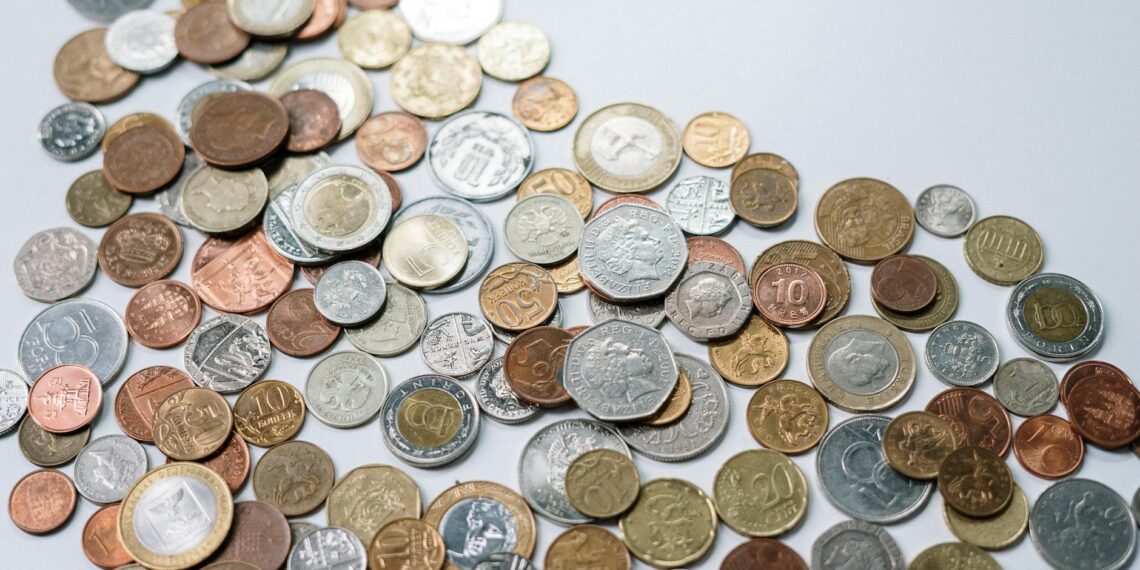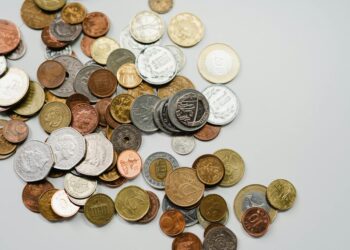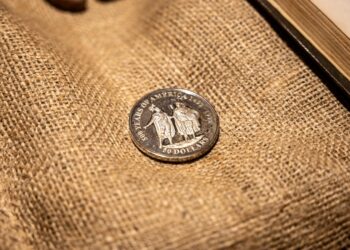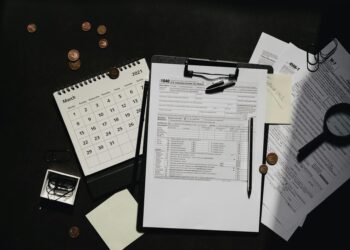If you’re wondering whether a coin is silver, here are several methods you can use, ranging from simple to more advanced:
- Look for hallmarks: Many silver coins or items have stamps indicating their purity. For instance, “925” signifies sterling silver (92.5% pure silver), while “999” indicates fine silver (99.9% pure).
- Examine the edges: For US coins, a solid silver edge strongly suggests the coin is silver. If you see a copper stripe, the coin is likely clad (a mix of metals).
- Check for mint marks and details: Mint marks and design details should align with official specifications for genuine silver coins. Counterfeits may show irregularities or lack these fine details.
- Magnet test: Real silver is not magnetic. If a magnet strongly attracts the coin, it’s probably not silver. Remember that some non-silver metals are also not magnetic, so this test shouldn’t be your only indicator.
- Ice test: Silver has high thermal conductivity. Place an ice cube on the coin; if it melts noticeably faster than on a non-silver surface, it’s likely real silver.
- Sound (or “ping”) test: When gently struck, genuine silver coins produce a distinct, sustained ringing sound. Fake or clad coins will likely produce a dull thud instead.
- Acid testing: Nitric acid can be used to test silver purity, but this method can damage the coin and should be performed with safety precautions.
- Weight test: Compare the coin’s weight to the official weight for genuine coins of that type. Significant discrepancies can indicate a fake or a different metal composition.
- Specific gravity test: This method involves comparing the coin’s weight in air to its weight submerged in water to determine its density. Silver has a known specific gravity (around 10.5), which can help identify the coin’s composition. However, this test might not be accurate for coins that are not solid silver.
- X-ray fluorescence (XRF) testing: XRF scanners can analyze the metallic composition of a coin non-destructively, providing a highly accurate purity reading. This is a more expensive option typically used by professionals.
- Always be cautious when handling acids, as they can cause harm or damage.
- Combine multiple tests for a more reliable assessment, as no single test is foolproof.
- For valuable coins or if you’re uncertain about authenticity, consider consulting a professional appraiser or coin dealer. They have the expertise and specialized equipment to accurately determine the coin’s silver content and value.










